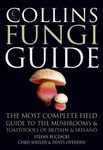Monograph
By: HH Swinnerton(Author)
288 pages, photos, illustrations
The ideal handbook and guide for students of palaeontology and naturalists – or, for that matter, anyone who ever goes for a walk in the country or the sea-side with an eye for Fossils
![Fossils Fossils]()
Click to have a closer look
About this book
Related titles
About this book
Complete your New Naturalist collection with Harper Collins's facsimile versions, which are printed on demand. Fossils was first published in 1960.
You can find fossils practically everywhere in the British Isles, and Britain's geological structure is so richly varied that in our beaches, cliffs, rocks and mud-flats are creatures and organisms of all ages, from pre-Cambrian times 500 million years ago down to the present day.
The term fossil includes all organisms, or even their traces, which are permanently preserved in nature – petrified ferns and fishes of the Palaeozoic Age; bees set in a pine-tree's resin; a woolly rhinoceros, completely preserved in the frozen mud of Northern Siberia, from the furry covering of its body to the last meal taken in its stomach. There can be few things more fascinating than recognising and interpreting these relics of all stages of the world's evolution, and Professor Swinnerton has provided here an ideal handbook and guide for students of palaeontology and naturalists – or, for that matter, anyone who ever goes for a walk in the country or the sea-side.
This is not merely a text-book – Professor Swinnerton is already the author of a standard work on palaeontology but in Fossils he gives us a straightforward historical account of fossils; they are classified, described, explained and copiously illustrated with photographs and drawings. Starting from the earliest British fauna, he follows the evolution of plants and animals up to the appearance and culture of Homo sapiens.
At the same time, the author pays tribute to the great discoveries of the past, from Leonardo da Vinci to Cuvier and William Smith. Many of these were laymen, whom accidental finds prompted to go fishing in the Palaeozoic and Esozoic seas which form our land today.
Customer Reviews
Monograph
By: HH Swinnerton(Author)
288 pages, photos, illustrations
The ideal handbook and guide for students of palaeontology and naturalists – or, for that matter, anyone who ever goes for a walk in the country or the sea-side with an eye for Fossils
"This is popular science at its best. The writer is not "teaching out of the book"; he is explaining to the reader how to set out looking for himself."
– The Times Educational Supplement












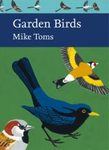
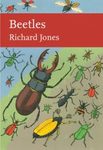


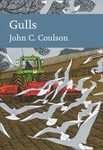
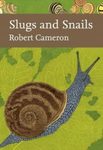

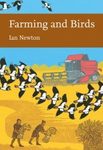
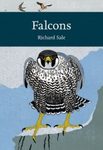
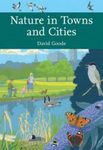
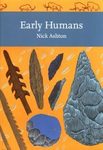
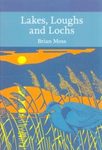











![Pravěký Svět Zdeňka Buriana, Kniha 2: Monstra Třetihor a Čtvrtohor [The Prehistoric World of Zdeněk Burian, Volume 2: Tertiary and Quaternary Monsters]](http://mediacdn.nhbs.com/jackets/jackets_resizer_medium/26/263198.jpg?height=150&width=108)







